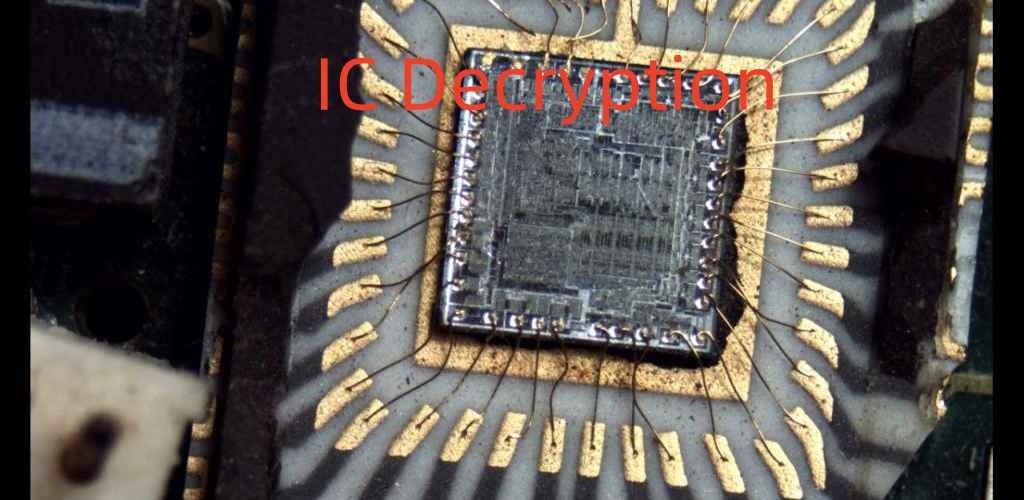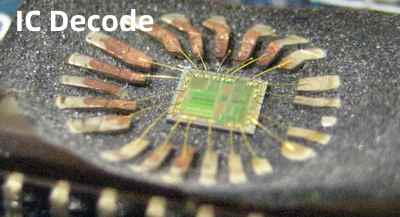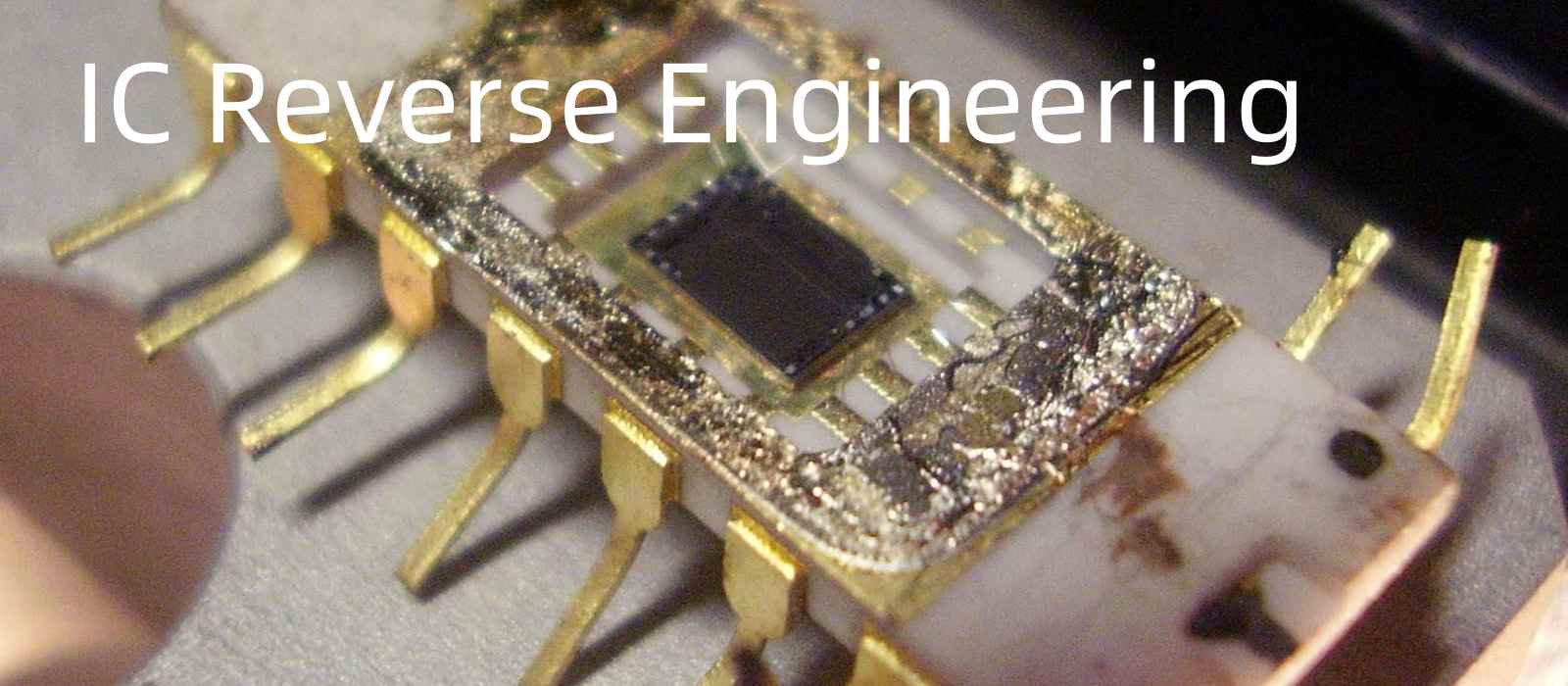Low level hardware attacks form the foundation of the creation of counterfeits but for the extraction of legitimate devices so as to get any confidential data as well as make changes to their behavior. Also, they are useful in accessing any restricted software that ensures the possibility of the analysis to create remote attacks just as it is seen recently with the IoT-based DDoS attacks.
Furthermore, any security that is implemented in hardware isn’t immune to analysis any longer and integrated circuits might become the most vulnerable of all the components present in a security system. Before we go into details, let us understand what integrated circuit reverse engineering or reverse IC means.
What Does IC Reverse Engineering Mean?
IC reverse engineering deals with the processes involved in learning of the inner workings of a circuit. This is achieved through extraction, examination, as well as the classification of its circuits. Also, with the integrated circuits global market today, as well as a longer supply chain for the integrated circuit, which involves different partners, different security vulnerabilities seem to be appearing. In addition, you can use reverse engineering techniques in tiny or small fabricated chips or easily in the exported layouts of the gds-files.
What Purpose Does IC Reverse Engineering Serve?

With reverse IC, you can gain a deeper understanding of how integrated circuits work. Also, it will allow you to see the initial process of engineering as well as comprehend why and how it was combined that way. With reverse engineering, you can
- Fix existing problems as well as make repairs
- Present a great picture of the product that normally you won’t have any physical access to
- Illuminate flaws present in the initial design
- Helps in latter engineering efforts
- Creates blueprint for the production of similar products
At times, techniques for integrated circuit reverse engineering are useful in recreating products to be distributed by another company. This can be utilized by rival competitors and companies in discovering and stealing intellectual property, proprietary designs, as well as information. At times, as a result of nefarious connotations, ensure that proprietary designs are not reversed just for financial gains. Whenever you are in doubt, reach out to a law expert or your lawyer before you begin with any project that is just for profits.
Analog vs Digital IC Reverse Engineering
With respect to circuit design, it is possible to find differences between two different worlds and parts: digital and analog. With the initial chip technologies, retrieving the netlist and schematic from the chip was easier. Circuits were bigger and simpler. As of 1975, the standard size of a transistor was about 6 μm. However, today, the sizes of analog circuits are now 180 nm or lower with digital circuits having a size of 65 nm, 90 nm, or 130 nm. These sizes are smaller, but they have more complex technologies with additional layers.
Most times, people copy the analog parts because of
- The reduction in the transistor count
- Absence of great defense techniques
Also, from this layout, extracting the patterns in order to create the copied schematic view is easy. For digital blocks, there is a considerable increase in the number of available transistors. This could reach millions. In addition, the techniques for locking are properly developed, and counterfeiting the digital part will most likely not happen.
People find it hard to copy the digital parts because
- There are many protection techniques
- Transistors are many (millions)
What Benefits Does IC Reverse Engineering Offer?

There are several reasons why anyone would love to perform integrated circuit reverse engineering. For instance, they might be trying hard to improve a specific design, create replacement parts that are compatible, as well as comprehend ways in which a specific integrated circuit functions to be able to design something better. Below are the benefits of reverse IC.
- Develops a great understanding of the way a product functions
- Creates a product’s replica
- Analyze the product of a competitor and then discover the way it functions
- Improves a design, in order to create better products as well as diagnose a specific problem
- Create customized versions of different products so as to meet the specific needs of customers
- Identifies possible issues of a product before sending it to the market
Process Involved in Offering IC Reverse Engineering Services
Gather all necessary equipment
This is the initial step when offering ic reverse engineering services. Prepare all the required software and tools. These include:
- Design tools including Kell software, XILINX, Altera, mentor, Synopsys, and cadence
- Tools for layout extraction including ChipAnalyzer, NetEditorLite
- Tools for Algorithm design like MATLAB
- PCB layout tools such as Allegro, Orcad, and Altium Designer
Identify all the Elements of the Circuit
Once you have identified all the elements of the circuits, you then go ahead to determine what their functions are. You can achieve this by observing the functions of the IC by making use of the simulation tools in testing different hypotheses.
Take pictures of the initial ICs
Ensure that the high quality pictures of the integrated circuit, or it would affect the latter processes of creating the layout.
Creating the Chip’s layout
Next, make use of the software for image recognition to convert your image to data and then create the layout.
Extract the netlist
This is a similar process to the extraction of a schematic netlist. When you import the layout from formats like AutoCAD, you have to convert it into a specific format, which the extraction software understands, the layout’s conversion might include the conversion of layers, dimensions, units, as well as other properties. You can represent this extracted layout as a netlist. This is the structure of a date used in describing the circuit design
Create the circuit’s schematic using the netlist
Immediately you have determined the circuit elements’ functions, then you create the IC’s schematic diagram. This diagram reveals the various interconnected elements and would be utilized in comprehending the overall functionality of the integrated circuit.
Conclusion
IC reverse engineering services deal with the processes involved in learning of the inner workings of a circuit. This is achieved through extraction, examination, as well as the classification of its circuits.
